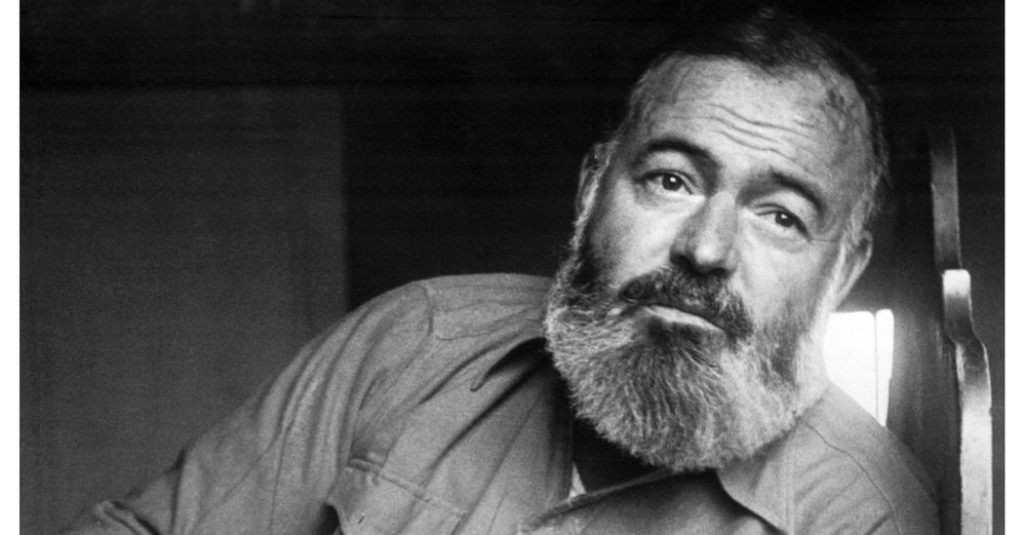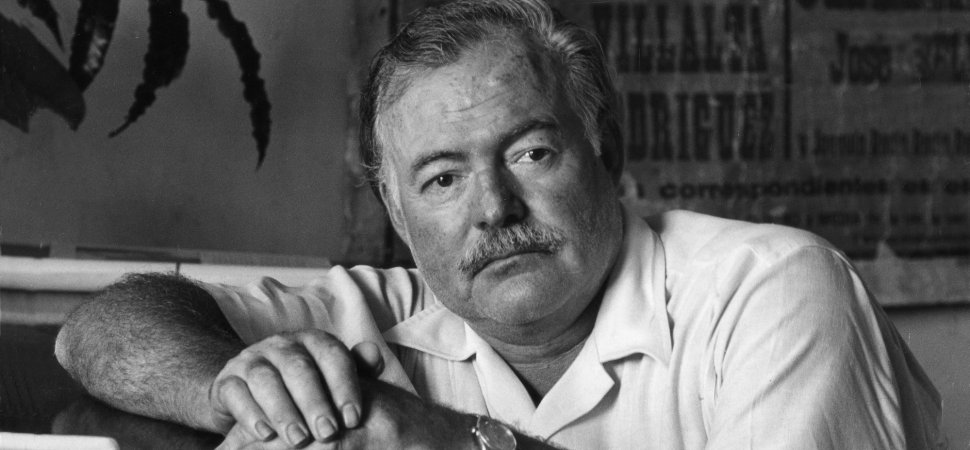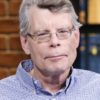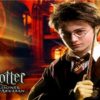Ernest Hemingway Biography
• Name: Ernest Miller Hemingway
• Birth: 21 July 1899, Oak Park, Illinois, United States.
• Father: Clarence Edmonds Hemingway.
• Mother: Grace Hall Hemingway.
• Wife / Husband: Mary Welsh Hemingway.

Early life:
Ernest Miller Hemingway was an American novelist, short story writer and journalist. His economic and minority style – which he called the Himachal doctrine – had a strong influence on the stories of the 20th century, while his courageous lifestyle and his public image praised him for later generations.
Hemingway built most of his work between the mid-1920s and mid-1950s and won the Nobel Prize in literature in 1954. He published seven novels, six short story collections and two non-fiction works.
His three novels, four short stories collections, and three non-fiction works were posthumously postponed. Many of his works are considered classics of American literature.
In 1921, he married Headley Richardson, who would have four wives. The couple moved to Paris, where they worked as a foreign correspondent and fell into the influence of modernist writers and artists of the “modern generation” migrant community of the 1920s.
His first novel, The Sun Ever Rise, was published in 1926. After the 1927 divorce from Richardson, Hemingway married Palin Peiffer; They divorced after returning from the Spanish Civil War, where he was a journalist.
He was based on the experience of For Wham the Bell Toults (1940). Martha Gellhorn became his third wife in 1940; After meeting with Mary Welsh in London during World War II, they split up. He was present in the Normandy Landing and the liberation of Paris.
During the twentieth, Hemingway became a member of the group of migratory Americans in Paris, which he described in his first important work, The Sun Ever Rise (1926).
A farewell to Arms (1929) was equally successful in studying the role of the illusion of an American ambulance officer and his role as a disappointment.
Hemingway used his experiences as a correspondent in the background for his most ambitious novel, For Whom the Bell Tolls (1940) during the Civil War in Spain.
In his later works, the most excellent short novel, The Old Man and the Sea (1952), the story of the journey of the old fisherman, their long and alone struggle with fish and the sea, and their victory in defeat.
In 1918, Hemingway went abroad to serve in World War I as an ambulance driver in Italian war. For his service, he was awarded the Italian Silver Medal of Bravery, but he was soon hurt, who landed in a hospital in Milan.
There he met a nurse called Agnes Von Kurowsky, who soon accepted the marriage proposal, but later left him for some other person. It ruined the young writer but provided fodder for his actions “A Very Short Story” and, more famously, a farewell to Arms.
After recovering from the cruelty of his injury and war, at the age of 20, he returned to the United States and spent time in northern Michigan before taking a job in the Toronto Star.
In Paris, Hemingway will soon become a famous part of Gertrude Stein, famously known as “The Lost Generation”.
As his advisor with Stein, Hemingway introduced acquaintances to great writers and artists such as F Scott Fitzgerald, Ezra Pound, Pablo Picasso and James Joyce of his great generation. In 1923, the son of Hemingway and Hadley was John Hadley Niconer Hemingway.
By this time the author had also started the famous celebration of San Fermin in Pamplona, Spain.
Share via:


